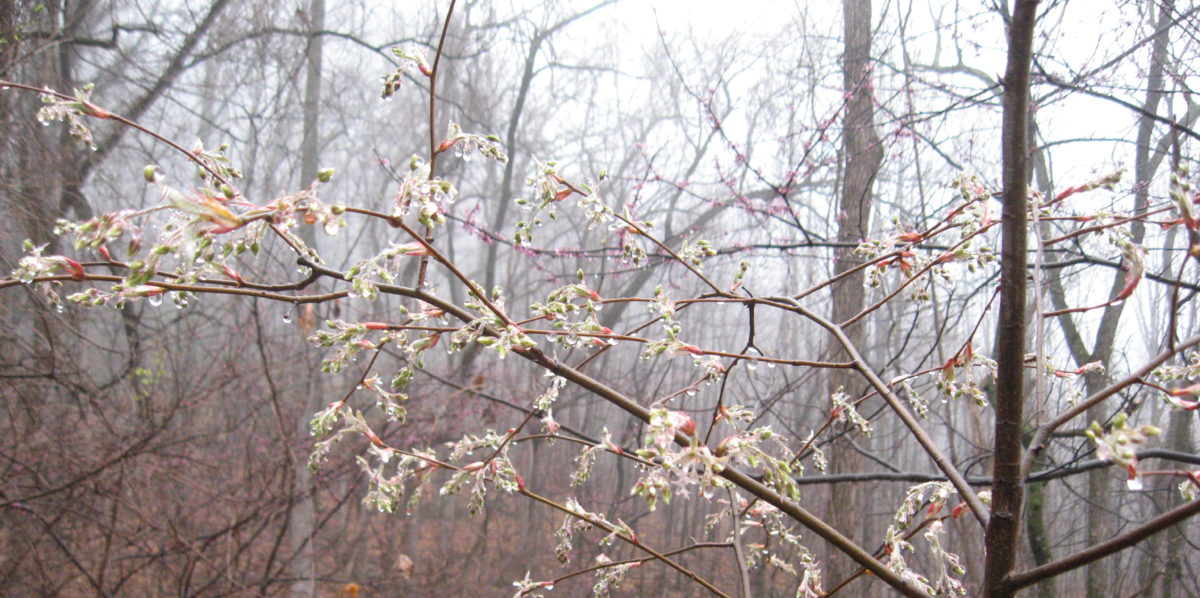Every 15 minutes, a poacher kills an elephant for its tusks.
Does one elephant matter? Check it out:
https://www.paulallen.com/china-takes-aggressive-steps-to-close-ivory-trade/#1545-2
Previously I raised the issue of, how much do we want to pour resources into the protection of “charismatic” species such as the elephant, when more humble unnoticed creatures (and plants) go ignored at the planet’s peril? Not to mention the multitudes of suffering human beings.
It’s a serious question, but let me be irrational for the moment, since it seems that a little irrationality can go a long way toward positive outcomes, where sheer logic falls short (read Antonio Damasio).
